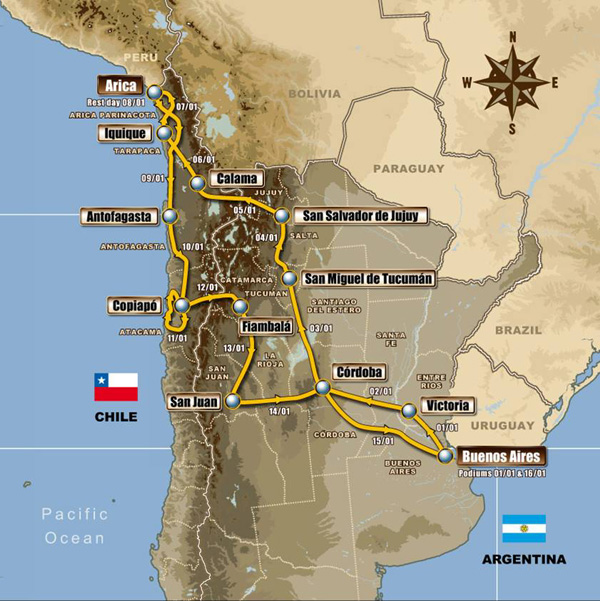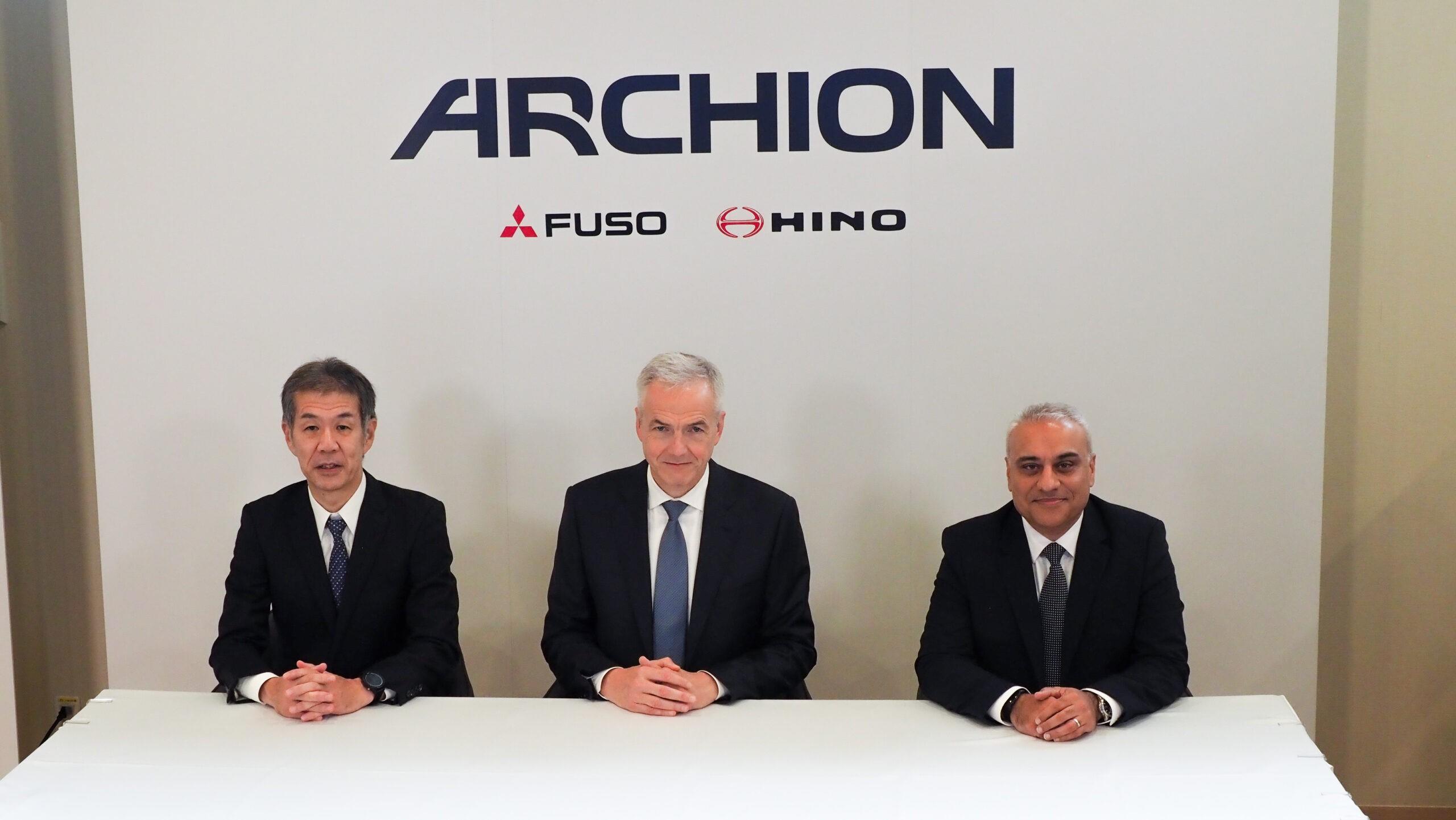Prepares to Compete in Dakar 2011
Jun 22, 2010
1.Flash Back on Dakar 2010
You can scroll horizontally
| 1) Number of Entrant Vehicles | 362 (151 Motorbikes, 25 Quads, 134 Cars, and 52 Trucks) |
|---|---|
| 2) Entrants | 581 Competitors from 42 Different Nationalities |
| 3) Spectators | On all courses of Dakar 2010: 4.1 million spectators in total (3.1 million spectators in Argentina and 1 million spectators in Chile) (110,000 spectators at the start in Buenos Aires - At the starting ceremony, more spectators gathered than at the Paris Dakar, generating a lively and festive atmosphere.) |
| Official web site viewers (https://www.dakar.com/): 2.9 million people (of which YouTube video viewers numbered 2.5 million people) | |
| 4) Media | 213 Journalists: (On the race itself, 55 international, national or regional TV channels sent teams to produce heir own etc/designs/hino_global/images/dakar/latest_news.) etc/designs/hino_global/images/dakar/latest_news of the rally were broadcast to 190 countries by 69 TV broadcasters, the entire coverage totaling 1,200 hours. |
| 5) Economic Benefits | 126.3 million Euros alone in the host country, Argentina. |
| Direct economic impact: 74.3 million euros | |
| Indirect benefits: 52.0 million euros | |
| Total Economic Benefits: 126.3 million euros |
2.Outline of Dakar 2011
You can scroll horizontally
| 1) South America | Determined as the rally site based on factors such as the outstandingly beautiful landscape, varied road surfaces, enthusiastic audience, support from both host countries, and security. |
|---|---|
| 2) Outline and Characteristics of the Courses | "An Extreme North Dakar"  |
| Argentina: The route takes competitors into a land of contrasts where in a single day, the landscape changes drastically from extensive flatland to grassland, and the courses change to rocky road surfaces. The driving skills required also change between dry and wet. The ability to adapt will be rewarded and those with a taste for changes of scenery will feel most at home. Over the first three days, the Dakar ventures into the provinces of Jujuy and Salta and comes closest to Bolivia. Entrants will go over the Andes mountain ranges with an altitude of over 4,800 km and enter Chile. | |
| Chile: The Atacama desert will once again become the stage which captivates Dakar competitors. The route this time extends to Arica, located at the extreme north of Chile, on the border with neighboring Peru, where the entrants will have a rest day. The route involves difficult tasks of climbing over the dunes and complicated navigation where rally expertise is given its toughest test. | |
| Back to Argentina: The entrants will enter an exuberant stage in the white Fiambala dunes, after crossing the frontier near Paso San Francisco and racing down the Andes Cordillera high plateaux. The stage to San Juan is a new and unfamiliar course for competitors coupled with complex and difficult roads through the canyons and riverbeds which cut deep into the desert. |




